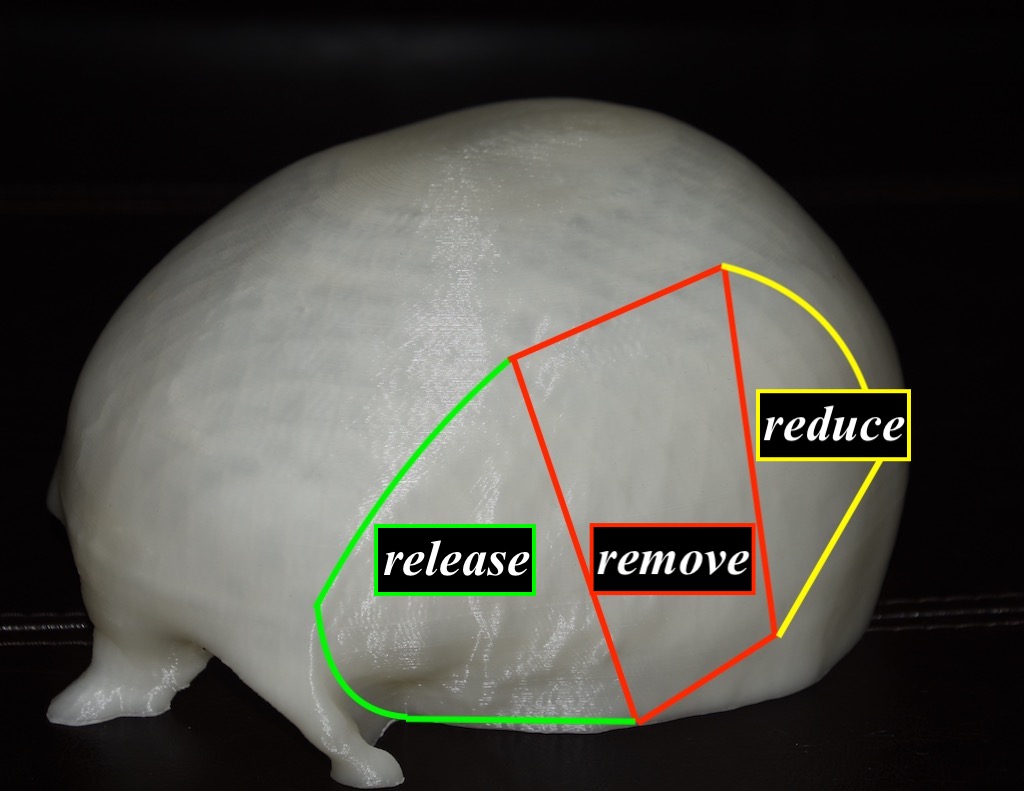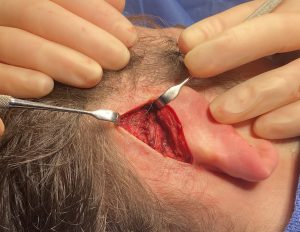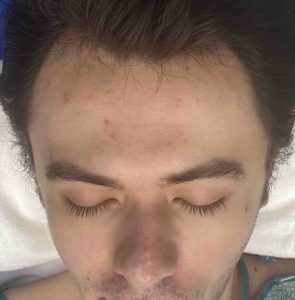Background: The wide side of the head aesthetic deformity refers to an increased convexity that is disproportionate to the height of the skull and face. These head shape concerns are almost exclusively male concerns because of their more common short hairstyles or shaved heads. With increased exposure the five surfaces of the head become more visible from every viewing angle.
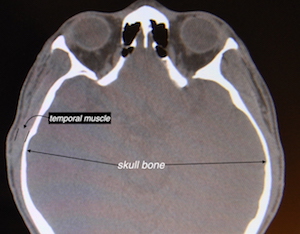
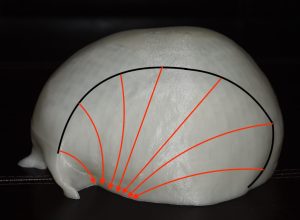
Case Study: This male was bothered by wide sides of his head. He had long hair which covered much of his forehead and the width of the side of his head. As often happens, while the hair may hide the head shape concerns, it is not the patient’s preference. Their goal is to one day wear shorter hair and feel comfortable doing so.
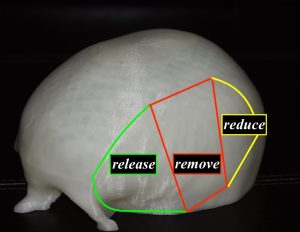

In a total. head width reduction the three zones of the temporal area can be reduced through a single hidden incision behind the ear. The combination of release, removal and reduction techniques from front to back can make for an effective head width reduction with one exception. The excessive width of the side of the forehead along the anterior bony temporal line can not be reduced from a postauricular incisional approach. It can be reduced to make for the most complete head width reduction possible but requires a scalp incision superior to it which may make it unacceptable for many men.
Case Highlights:
1) The wide side of the head can incorporate the side of the forehead tall the way to the back of the head. (anterior temporal line to posterior temporal line)
2) In total head width reduction the bony temporal lines and the muscle between them needs to be reduced.
3) Due to scar concerns, particularly in men, the muscle reductions and the posterior temporal lines can be reduced but the anterior temporal bony line can not.
Dr. Barry Eppley
Indianapolis, Indiana

